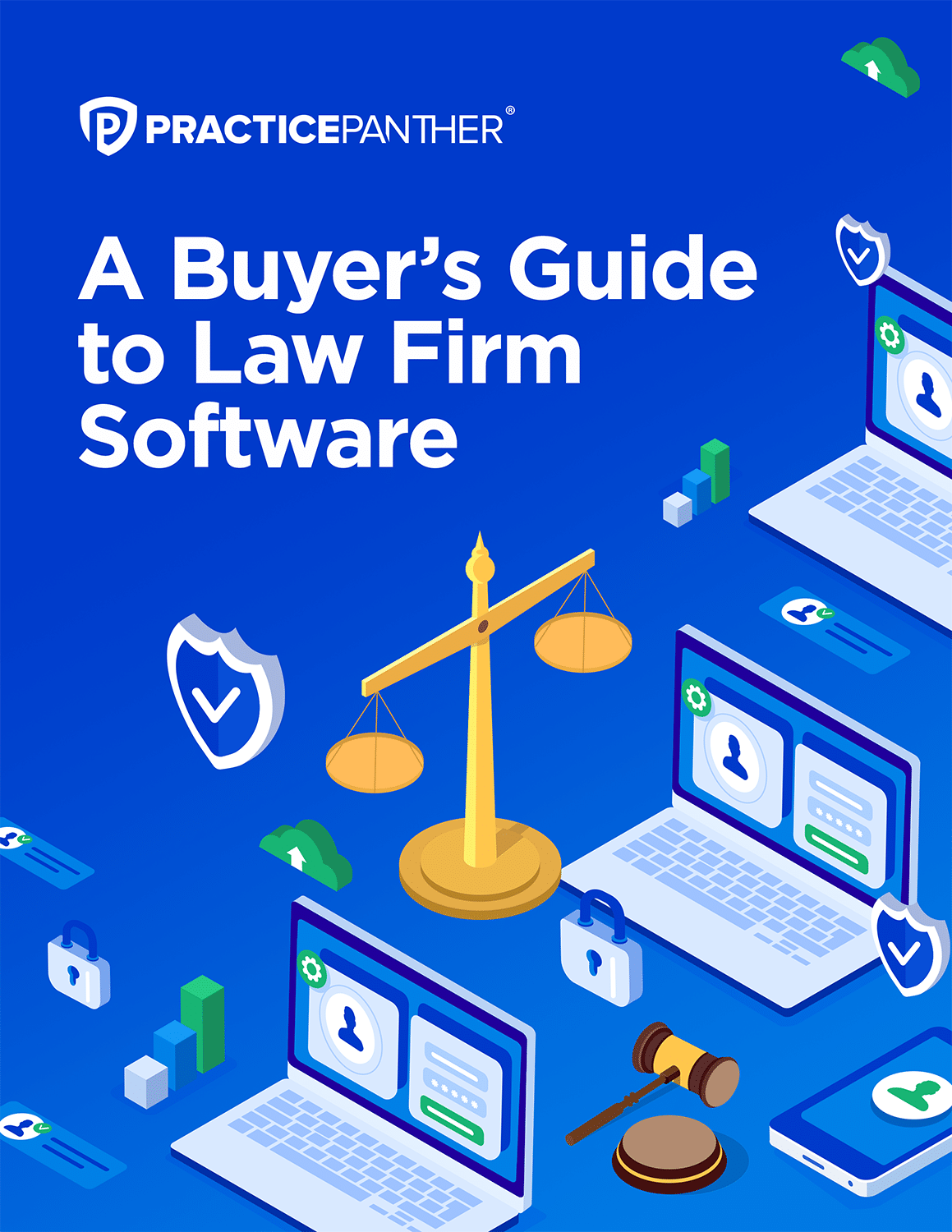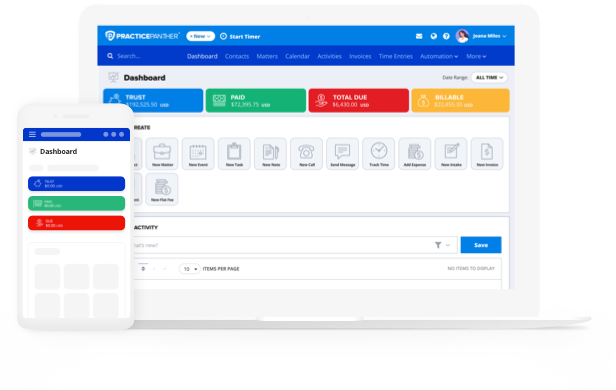 On May 10, the California Supreme Court issued an order that approved 69 Rules of Professional Conduct for California attorneys, rejecting just one. These new rules go into effect Nov. 1, 2018, and they closely follow the ABA Model Rules of Professional Conduct, especially in organization and structure. The order finally allowed California to join its 49 sister states who modeled their rules on the ABA’s Rules.
On May 10, the California Supreme Court issued an order that approved 69 Rules of Professional Conduct for California attorneys, rejecting just one. These new rules go into effect Nov. 1, 2018, and they closely follow the ABA Model Rules of Professional Conduct, especially in organization and structure. The order finally allowed California to join its 49 sister states who modeled their rules on the ABA’s Rules.
The California Supreme Court approved 27 amended rules that were submitted by the state bar committee tasked with developing them. The justices modified and added 42 more rules. The lone reject of the rules submitted is Model Rule 1.14, which deals with an attorney’s obligations to clients with diminished capacity. The Court gave no explanation.
Though the Bear State’s new rules are now more in line with the rest of the nation’s, there are of course differences. A cross-reference chart provides a comparison between current rules and new rules. Education is key to the new rules. Sometimes, terminologies change and some might leave you scratching your head.
Cheryl Miller wrote about some of the more outstanding changes in an article for law.com.
New Rules in regards to harassment
The new rules give “all law firm attorneys the responsibility to advocate corrective action to address known harassing or discriminatory conduct by the firm or any of its attorneys or non-attorney personnel.” Further, the state bar no longer has to wait for a civil finding before conducting an investigation.
The Marijuana industry
The new rules don’t actually mention marijuana, but Rule 1.2.1, Rule 1.2.1 Advising or Assisting the Violation of Law does allow an attorney to “discuss the legal consequences of any proposed course of conduct with a client.” An attorney cannot, however, advise the client to break the law, nor can he advise the client how to break the law. Rule 1.2.1 applies where the state laws conflict with federal or tribal laws.
Sex with clients mostly banned
The new rules prohibit sex with clients, even if it is consensual. The old rules banned the practice only if it was an exchange for representation or if it was coercing a client. The new rules only allow sex with clients if there was a previous, consensual relationship such as with a spouse or partner.
Define Reasonable
Legal Educator Stuart Teicher, Esq. advises exploring three other rules. The first is Rule 1.16, Declining or Terminating Representation. Take a close look between the old rule, California Rule 3-700, and the updated rule. They look very similar, but there are a few important additions, such as the word “reasonable” appearing more often. Teicher also points out that there are a few ABA style nuances that aren’t noticeable at first blush.
Terms of Art
Teicher talks about Rule 1.2, Scope of Representation and Allocation of Authority and the allocation of decision-making authority between the attorney and client. The terms “objectives” and “means” are important in that they are terms of art. Teicher also points out that Rule 1.4 on lawyer-client communications touches on Rule 1.2.
The legal educator also advises attorneys to explore Rule 1.13, Organization as Client. Apparently, this one is a tough one to understand, with a multitude of cross-references and jammed with lots of content. Teicher advises that attorneys will need quite a bit of hand-holding to gain a full understanding of this rule.
Conclusion
Count on the fact that more will be written about the new rules versus the current rules. California’s 250,000 lawyers are projected to have to commit hours’ worth of time to learning these rules before, and probably after, November 1, 2018. The language will more closely align with the rest of the nation’s rules, and many of the new rules include at least components of the current ones. These particular rules are renumbered to follow the organization and structure of the ABA’s Model Rules of Professional Conduct, with a healthy dose of California added to the mix.
To learn more about what’s new in the practice of law, ethics, or legal technology, visit our blog page for updates.




